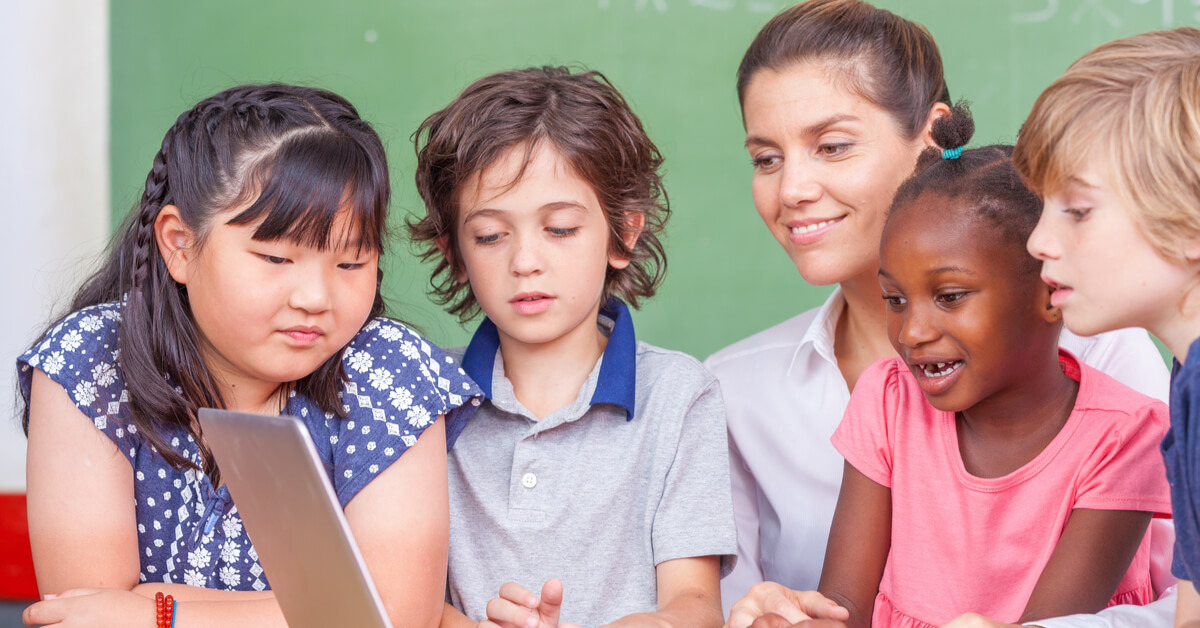November 12, 2021
In an agile classroom, teachers do not dispense information to the whole group. They serve as the guide on each student’s learning pathway. By replacing the teacher as the “Sage on the Stage,” it frees the teacher to work in small groups, meet individual needs, dedicate time to building strong relationships and a classroom culture of trust and love of learning.
To a group of professionals that are already at their wit’s end, this can sound exhausting; however, it is just the opposite in reality.
An agile classroom re-energizes the teacher. There is no classroom management struggle because the students have agency. Agile classrooms do not have repetitive lectures since students own their learning. Students have genuine learning experiences. Questions are authentic and the level of engagement brings an exciting energy to the classroom. They build trust and long-term relationships with one another and the teacher. Each interaction is unique.
How to Achieve the Agile Classroom
In an agile classroom, students have autonomy and often work in teams. This means that students learn the traditional content but are able to navigate their own learning. Teachers can scaffold this experience by prepping different methods for students to…


